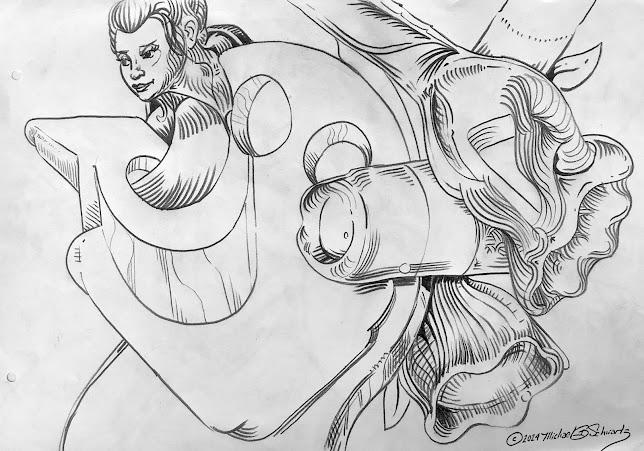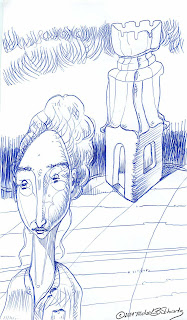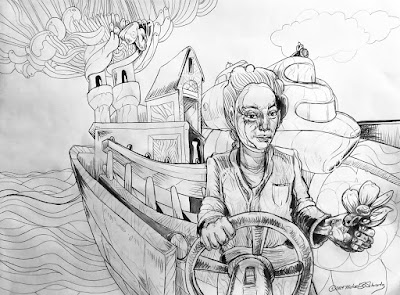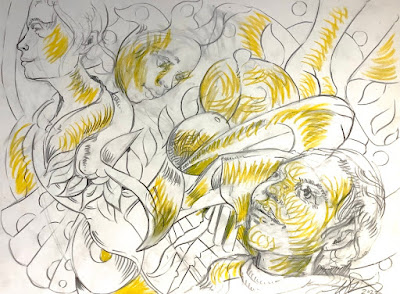Summer nights.
Hey, do you all remember, that one time we went to the old farm house by Cashew Road?
We sat and watched the sunset from the bridge that evening, flicking rocks onto the railroad track and talking about the odd cloud formations we had seen earlier.
For whatever reason we thought it would be abandon. The yard was unkept, and wildflowers were growing. Rusty old machine parts scattered about. The meandering walk across the farm and back on to West Main wasn’t more than a mile. Then the sound of a shotgun and something whizzing by our heads. “Git off my damn property” we hear a man yell - then a second shot - we take off running as fast as we can, a pellet caught the back of Jorges calf, but he hobble runs like a chicken. Looking back we can see the dim silhouette of a large man in the distance, gun in the air.
We make the road - the dim yellow street lights create an odd mellow ambiance. Most likely we are safe. It was still early, but West Main at times can be a ghost highway, a car passing every 20 minutes or so. We sit, legs dangling on the road as we pluck grass, placing a blade carefully between our thumbs and index fingers, cupping our hands we while blowing as loudly as possible. The whistles pierce an ambling summer night.
A couple in the distance laugh as they get into their car. A slight breeze. We walk through the graveyard to West Park, occasionally someone runs ahead and hides. We walk by, indifferent as they pop out from behind a tree. We all laugh, making our way past familiar houses to an open field. We lay down stare at the stars as the fireflies scuttle about. We stare into the universe, and fall asleep.



































